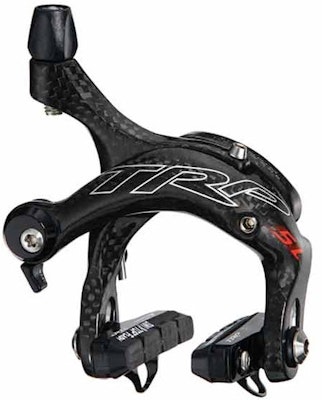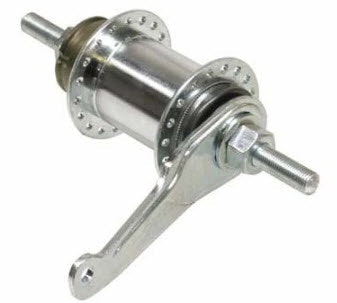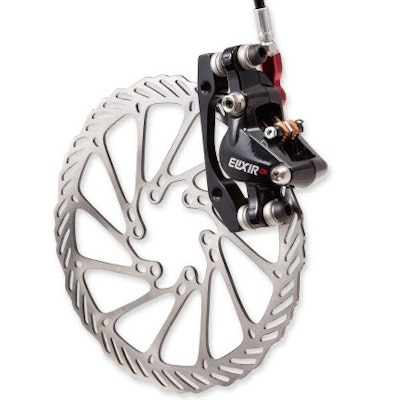Braking’ News on Bike Brakes
Rim Brakes
This is likely the most common and cost-effective braking system. Rim brakes comprise a brake lever, brake callipers and brake pads. The system works by squeezing the brake lever, which applies tension that is then relayed to the brake calliper, whose purpose is to squeeze the brake pads together onto the wheel’s rim, thus slowing the bike. Although most brake pads are made from a firm, sticky rubber, rim callipers can be found in varying quality. The cliché is well-worn but true – the more you spend on callipers the more likely you will have increased efficiency and longevity for your brakes.
Coaster/Foot Brakes
Welcome to old-school style braking! Coaster brakes are also referred to as foot brakes or backwards pedal brakes. Due to their ease of use, they are commonly found on kids bikes. The actual braking mechanism is located in the rear wheel hub and works by engaging a clutch that is activated by pedalling backwards, causing metal pads to slow the wheel down.
Disc Brakes
Extreme mountain biking calls for really decent brakes, which is why disc brakes are commonly used by high-end mountain bikers. The process causes callipers to clamp onto a stainless steel disc which is attached to the wheel hub. Holes are located in the disc’s edge so that small debris can slip through, leaving the disc unhindered and therefore the brake pads able to grip. You will normally find that disc brakes are more expensive than the other two braking options, but there is no question they are the most efficient way to slow down and/or stop a bike!




